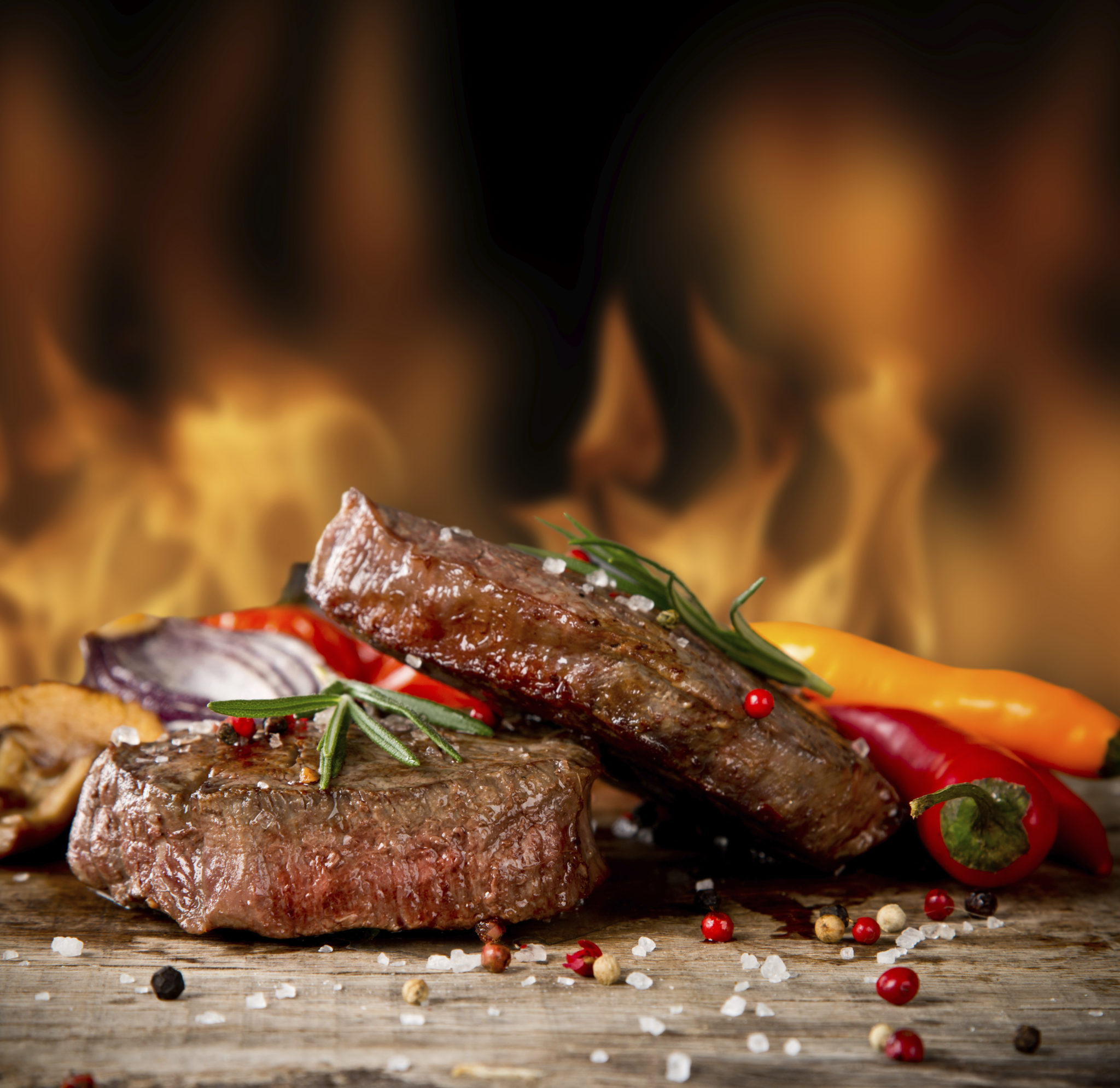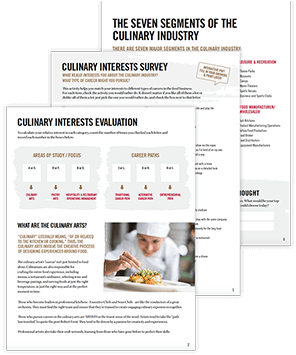Now that you’ve finished culinary academy, you may already be eyeing the kind of restaurant you’d like to open. While cafes/coffee shops and seafood joints are equally popular options, have you considered starting your own steakhouse? These are hugely popular establishments that serve down-home dishes that speak to the heart of the American culinary tradition. They’re so popular, in fact, that Morton Steakhouse, a famous line of eateries, won the award for most loyal consumer base in 2016.
“Steakhouses are an American culinary staple.”
If you’re looking to start your own steakhouse, here are six handy tips to ensure your business really sizzles:
1. What’s in a name?
As Gaebler.com pointed out, branding and creating a logo is especially important when establishing a steakhouse. A truly successful establishment, one that brings something new to the art of steak, has to be able to maintain a certain air of elegance while also seeming wholesome and accessible. And because “steakhouse” is almost always included in the name, it’s better to think of something quick and rather memorable. Similarly, you’ll want to take a minimalist approach to your logo, something that emphasizes the simple, hearty meals cooked within. If you can nail the logo and branding, then you’ll go a long ways toward drawing in a crowd.

2. Know your cuts
As important as logo and branding will prove to be, Wait Trainer pointed out that most people come to a steakhouse for the meat. As such, you’ll need to become an expert in all things beef. One of the most important guides you’ll rely on as you become a beef master is the USDA guide, which offers grades for both yield and quality. When looking at the cuts of beef you’ll want to serve, it’s important to emphasize elements like overall texture, juiciness and tenderness. The best cuts of meat have a nice red coloring, aren’t overly coarse (that equates to older cuts) and are generally plump all around. Grade A is the best meat, while lower cuts receive an E.
3. Make it a show
While steakhouses have long been an American staple, OpenTable noted that many of these establishments are finding ways to reinvent themselves for a new audience. There are several ways to do so, but one that is effective and still committed to the core of what makes a steakhouse great involves putting the meat on display for customers. Danny McCallum, who runs Jacobs & Co. in Toronto, said while he was going to go with featuring a wine cellar, he instead opted for a “giant wall of meat.” This not only shows guests what they can expect, but facilitates conversations about the meat and makes people more engaged in their meal.
“Your staff can help guide diners regarding meat choices.”
4. Turn your staff to steak pros
McCallum’s contributions to the steakhouse industry involve more than displaying huge slabs of meat. He also explained to OpenTable that he’s worked hard to change the way people approach eating meat. So many guests come in with no idea other than they need steak, pronto. There are so many different cuts of meat available, each with their own unique texture or overall taste, and each cut is better suited for a different dining experience.
To ensure that people get the most out of their meal, McCallum has trained his staff to know their steak and serve as a guide for customers. It’s more than just knowing the meat, though, and waiters have to be able to judge the guest properly.
The Essential Culinary Career Survey
The Essential Culinary Career Survey
What's your ideal culinary career: Fine dining? Your own restaurant? Pastry? Get our self-evaluation survey to find out!

We’ve compiled a checklist of all of the essential questions into one handy guide: career options, culinary interest surveys, educational opportunities, and more.





